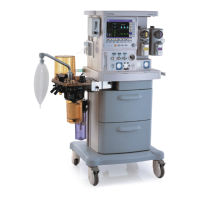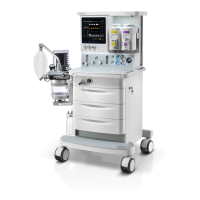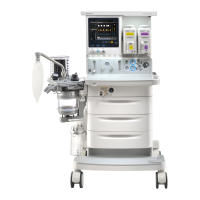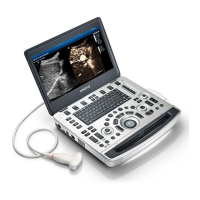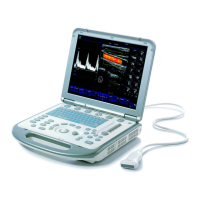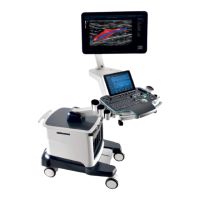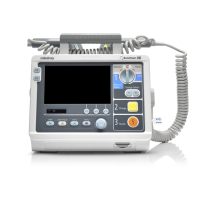6-18
6.6.1 Check the Mechanical Ventilation Mode
NOTE
The main function of the anesthesia machine is to provide breathing
support—mechanical ventilation which complies with the doctor’s settings to the
patient. The tests in this section are performed aiming to ensure that the machine is
able to provide normal mechanical ventilation.
The tests can help to judge if the machine operates normally.
Checking the mechanical ventilation mode is to check:
If the pressure measured by the machine sensor is consistent with that displayed on the
Paw gauge;
If the tidal volume is consistent with the scale on the bellows dome;
If the machine setting value is consistent with the measured value;
If the machine works normally;
If an alarm errors;
If the circuit has great leaks through rough evaluation of fresh gas compensation and
bellows collapse so as to judge if the machine can work normally.
6.6.1.1 Check Volume Control Ventilation (VCV)
NOTE
VCV is the standard ventilation mode of the anesthesia machine and also the most
basic mechanical ventilation mode.
To check VCV:
1. Make sure that the supply pressure is normal and that the tubes in the breathing circuit
are correctly connected as required for mechanical ventilation. Connect a 2 L bag, which
is used as the test lung, to the Y piece in the patient circuit.
2. Set the bag/vent switch to the mechanical ventilation position.
3. Select VCV as the ventilation mode.
4. Adjust total amount of fresh gas to 0.5 L/min.
5. Set the following combinations of TV and Rate respectively: 300 ml and 15 BPM, 600
ml and 15 BPM, 900 ml and 15 BPM, 1200 ml and 15 BPM. Set others to the defaults.
Record the displayed TVe and Ppeak values, and the peak pressure reading on the
airway pressure gauge in each setting stabilized status.
6. Judge if the above measured data meet the following conditions:

